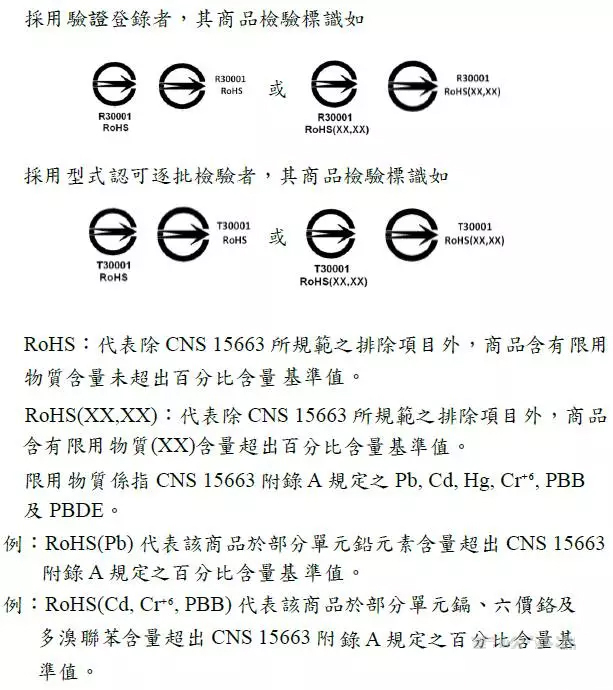Sales E-mail: weilan@stsapp.com Chinese

Sales E-mail: weilan@stsapp.com Chinese

current location:Home> News > Industry News
In recent years, EU member states have stepped up inspections of RoHS compliance with electrical and electronic products in market enforcement activities and have frequently notified RoHS noncompliance products through the EU RAPDS, and the products are clearly diversified Features. For ex
ample, in the 48th and 51st weeks of 2016, the EU has added three RoHS non-compliance cases, of which Deka-BDE and mercury content violations have not been previously released.

To avoid the cost increase caused by the recall, it is recommended that the manufacturer:
Evaluate the product to determine whether it is within the scope of RoHS 2.0 to establish a timetable for compliance programs;
Sorting the list of materials for the establishment of the product, and the parts coding list, etc., and for these components to determine and allocate its corresponding supplier list (BOM);
Screen the parts list to determine if any part contains the risk of a restricted substance;
Through the description and reference design control, verification and mass production process, the compliance risk assessment;
Conduct a material risk assessment to determine if any part contains high-risk materials;
Expand and improve the supplier qualification process to conduct a supplier risk assessment for RoHS;
Based on the supplier risk assessment, the reliability of the supplier's material declaration is assessed by a process to determine whether any component needs to provide an analytical test report.
Taiwan BSMI modified fluorescent bulb RoHS logo requirements
Recently, BSMI notice correction notice, requiring fluorescent bulbs will be restricted substances RoHS content marked on the goods ontology, packaging, stickers or instructions. Since the formal announcement date, the original revised standard shall cease to apply since January 1, 2019.

EU to extend the RoHS directive cadmium exemption period
On February 10, 2017, the EU submitted to the WTO G / TBT / N / EU / 452, in order to adapt to scientific and technological progress, to the EU RoHS2.0 Directive (2011/65 / EU) Annex III on the display system color conversion The use of cadmium exemptions for light-emitting diodes (LEDs) is amended to give a two-year exemption period to provide a sufficient transition period for the manufacturer to comply with the Directive. The draft is to be approved in May 2017 and will take effect on the 20th day after the publication in the Official Journal of the European Union.
Standard background
RoHS Directive Annex III Article 39 Exempted from cadmium (cadmium content <10 μg / mm² of luminous area) contained in semiconductor lighting (LEDs) for color conversion II-VI in solid state lighting or display systems, this exemption has been Closed on July 1, 2014.
In 2013, the two companies submitted to the European Commission for the extension of the exemption, after several twists and turns, in June 2016, the European Commission resource center issued a final assessment report. In the working group combined with the latest technical conditions, incorporating the latest statistics, the system of economic and social benefits analysis and environmental health assessment, the proposed extension of the three-year exemption period.
RoHS Directive Annex III 39 Amendments
The European Commission announced the draft, the final confirmation of the exemption period is only two years. According to the draft, the EU Directive Annex III, point 39, will be replaced:
The draft shall enter into force on the 20th day after the date of publication of the Official Journal of the European Union. Member States shall convert the above requirements into legal, regulatory or administrative regulations within one year of the entry into force of the Directive. The relevant interest groups may submit their comments within 60 days after the publication of the notification.